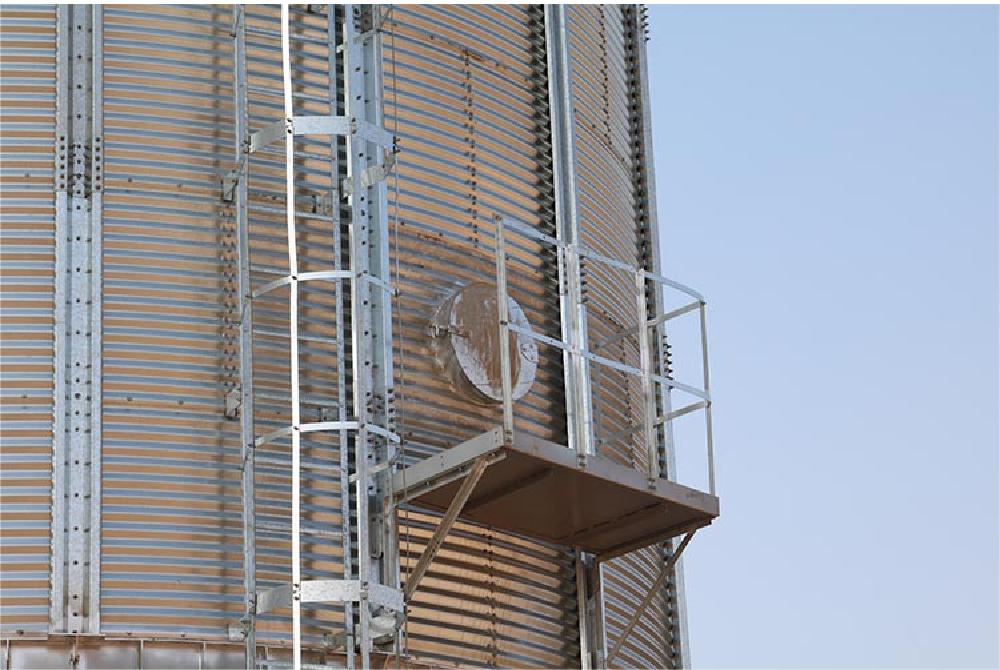chicken layer battery cage
Nov . 13, 2024 21:17 Back to list
chicken layer battery cage
The Chicken Layer Battery Cage An Overview of Practices and Controversies
In modern poultry farming, the chicken layer battery cage system has become a widely adopted method for maximizing egg production. This system involves confining hens in small cages, typically stacked in rows and tiers, which has sparked significant debate among animal welfare advocates, farmers, and consumers. Understanding the mechanics, benefits, and criticisms of battery cages is crucial for anyone interested in the poultry industry.
Mechanics of Battery Cages
The battery cage system is designed to maximize space efficiency and egg production. Hens are housed in small cages—often measuring merely 18 inches wide and 24 inches deep—which can hold up to five or six birds at a time. These cages are organized in large, high-capacity sheds, allowing farmers to raise thousands of hens in a relatively confined area. The system leverages automated feeding, watering, and egg collection methods, which can streamline operations and reduce labor costs.
Battery cages allow for careful monitoring of hen health and egg-laying performance. Improved biosecurity measures mean that the spread of disease can be more easily managed compared to free-range systems. Proponents argue that this controlled environment results in higher productivity, with hens capable of laying over 300 eggs per year, compared to lower yield rates observed in more extensive, free-range systems.
Benefits of Battery Cages
Advocates for the battery cage system highlight several key benefits. First and foremost, as mentioned previously, the system offers a higher rate of egg production. The ability to house numerous birds in a small space reduces land use, which can be an advantage in densely populated areas. Furthermore, the framework allows for organized management of the flock, where farmers can quickly identify health issues and monitor egg production.
Additionally, the cleanliness of the battery cage systems minimizes the risk of diseases and parasites, leading to potentially healthier populations. The efficiency of the automated systems can also lower labor costs, which can result in lower consumer prices for eggs.
chicken layer battery cage

Criticisms and Controversies
Despite the perceived advantages, the battery cage system has come under fire for several reasons, primarily revolving around animal welfare concerns. Critics argue that the confinement of hens in cramped cages restricts their natural behaviors, such as dust bathing, nesting, and foraging. The lack of space can lead to physical and psychological stress, resulting in conditions like feather pecking or cannibalism among hens.
Internationally, many countries have begun to ban or phase out the use of battery cages due to these ethical concerns. The European Union, for example, implemented a ban on conventional battery cages in 2011, mandating the use of enriched cages that provide slightly more space and allow for some behavioral enrichment like nesting opportunities. Similarly, various states in the United States have enacted legislation aimed at improving the living conditions for egg-laying hens, pushing for cage-free systems.
Moreover, consumers are increasingly aware of and concerned about animal welfare standards in food production. With the rise of social media and access to information, many people are advocating for more humane farming practices. As a result, there has been a noticeable shift in consumer preferences toward cage-free and organic eggs, leading to significant discussions about the future of egg production.
The Future of Egg Production
Looking forward, the chicken layer battery cage system faces challenges that may alter its place in the poultry industry. Rapid advances in farming technology, coupled with changing consumer attitudes and regulations, are likely to push producers towards alternative systems that prioritize animal welfare. Free-range and organic farming methods may become more prevalent, offering consumers a product that aligns with their ethical beliefs.
In conclusion, while the chicken layer battery cage system has proven effective in terms of efficiency and productivity, the ethical implications and growing opposition to such practices present significant challenges. As the poultry industry continues to evolve, finding a balance between productivity and humane treatment of animals will be crucial for its sustainability. The ongoing discussions regarding battery cages serve as a reminder of the dynamic interplay between agriculture, ethics, and consumer choice.
-
Hot Sale 24 & 18 Door Rabbit Cages - Premium Breeding Solutions
NewsJul.25,2025
-
Automatic Feeding Line System Pan Feeder Nipple Drinker - Anping County Yize Metal Products Co., Ltd.
NewsJul.21,2025
-
Automatic Feeding Line System Pan Feeder Nipple Drinker - Anping County Yize Metal Products Co., Ltd.
NewsJul.21,2025
-
Automatic Feeding Line System - Anping Yize | Precision & Nipple
NewsJul.21,2025
-
Automatic Feeding Line System - Anping Yize | Precision & Nipple
NewsJul.21,2025
-
Automatic Feeding Line System-Anping County Yize Metal Products Co., Ltd.|Efficient Feed Distribution&Customized Animal Farming Solutions
NewsJul.21,2025






